The Future is Now: Mechatronics Drones Transforming Delivery Services
Introduction to Mechatronics and Drones
The integration of mechatronics—an interdisciplinary field that combines mechanical engineering, electronics, computer science, and control engineering—has revolutionized various sectors. One of the most exciting applications of mechatronics is in the field of drones, particularly in transforming delivery services. With advancements in drone technology and the evolving landscape of consumer demands, the potential for drones to redefine how goods are transported is becoming a reality.
The Evolution of Delivery Systems
Historically, delivery services have evolved from horse-drawn carts to motor vehicles, but the meteoric rise of e-commerce has necessitated a more efficient solution. The pressure of fast delivery times, especially in an era where same-day delivery is becoming the norm, has led to increased interest in aerial drone technology. Companies are investing heavily in research and development to integrate drones into their logistics networks.
The Role of Mechatronics in Drone Design
In the development of modern drones, mechatronics plays a crucial role in creating efficient and reliable systems. Drones are equipped with navigation systems, sensors for obstacle detection, cameras for real-time monitoring, and sophisticated control algorithms that ensure stable flight. The synergy of these components allows drones to perform tasks that were once considered complex and labor-intensive.
Advantages of Drone Deliveries
Speed
One of the primary benefits of using drones in delivery services is speed. Drones can bypass traffic and other terrestrial obstacles, allowing them to deliver packages in a fraction of the time it would take traditional delivery vehicles.
Cost-Effectiveness
While the initial investment in drone technology can be high, the long-term savings are significant. Drones reduce the need for fuel, labor, and vehicle maintenance, making them a cost-effective option for companies.
Environmental Impact
Drones are generally more environmentally friendly than traditional delivery methods. With electric-powered drones, the carbon footprint can be significantly reduced compared to gas-powered vehicles. By optimizing delivery routes and using energy-efficient drones, companies can contribute positively to sustainability efforts.
Regulatory Landscape
The adoption of drones for commercial delivery services is not without its challenges. Regulatory frameworks in many countries are still catching up with technology. In the United States, the Federal Aviation Administration (FAA) has established guidelines for drone use, but the industry is advocating for more flexible regulations that would allow for expanded operations and greater efficiency.
Case Studies in Drone Delivery
Amazon Prime Air
Amazon has been at the forefront of drone delivery innovation. The company’s Prime Air service aims to deliver packages within 30 minutes of an order being placed. Utilizing sophisticated algorithms and AI, Amazon’s drones are designed to navigate complex urban environments while adhering to safety regulations.
Zipline
Zipline has revolutionized medical supply delivery in remote areas, particularly in Africa. The drone service delivers blood, vaccines, and other crucial medical supplies to inaccessible regions, showcasing the humanitarian potential of drone technology.
Technological Innovations
As drone technology continues to evolve, several innovations are paving the way for a more efficient delivery system:
Advanced Navigation Systems
Modern drones are now equipped with GPS, LiDAR, and advanced computer vision systems that enable them to navigate complex environments and avoid obstacles efficiently.
Autonomous Flight Capabilities
With advancements in AI and machine learning, drones can now operate autonomously. This reduces the need for human intervention, streamlining the delivery process and allowing for 24/7 operations.
Payload Capacity Improvements
Mechatronics advancements have improved drones’ payload capacities, allowing them to carry larger items without compromising flight performance. This improvement opens up new opportunities for delivery services beyond small packages.
Challenges Ahead
Despite the potential benefits, there are challenges that need to be addressed before drone deliveries can become mainstream.
Privacy Concerns
The use of drones raises significant privacy issues as they operate in urban environments. Balancing delivery efficiency with citizens’ right to privacy will require careful regulation and community engagement.
Safety and Security
Drone malfunctions or accidents can pose significant risks, both to people on the ground and to other aircraft. Implementing rigorous safety protocols and maintaining high-quality control standards will be essential.
The Future Landscape of Drone Delivery Services
Integration with Smart Cities
As cities become smarter through IoT technologies, the integration of drone delivery systems will likely become more seamless. Smart sensors and communication networks can provide real-time data on traffic and weather conditions, allowing drones to optimize their delivery routes instantaneously.
Collaboration with Traditional Delivery Services
Rather than completely replacing traditional delivery systems, drones can complement them. Many companies may choose to use drones for the last mile of delivery, reducing the burden on delivery trucks and further increasing efficiency.
Expanded Use Cases
While e-commerce is currently the primary market for drone delivery, its applications could extend to areas such as agriculture, emergency response, and disaster relief. The flexibility of drones means they can be adapted to meet various logistic needs.
Conclusion
The integration of mechatronics and drone technology is set to reshape the landscape of delivery services. While challenges remain, the potential benefits in terms of speed, cost, and environmental impact are too significant to ignore. As regulations evolve and technology continues to advance, we will likely see drones becoming a common sight in our skies, marking a new era in logistics and delivery services. The future is indeed now, and it promises to be exciting.
This article provides a comprehensive overview of the transformative role of mechatronics drones in delivery services, laying the groundwork for future discussions and innovations. For further investigation into specific aspects or detailed case studies, ongoing research, and development efforts in this rapidly evolving field should be monitored closely.




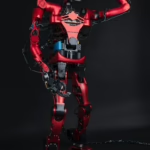










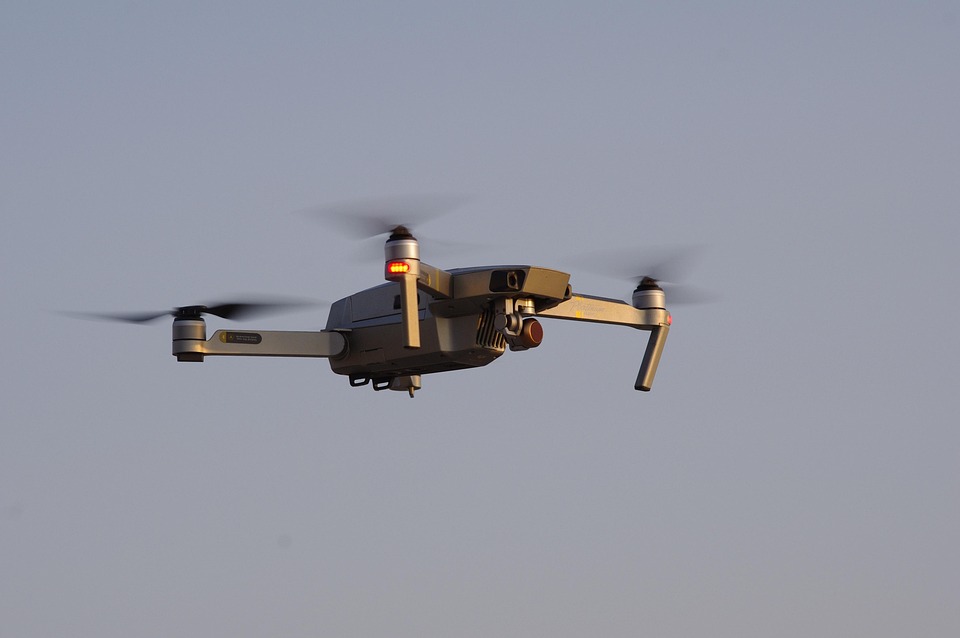
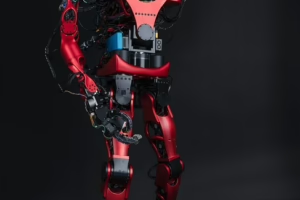
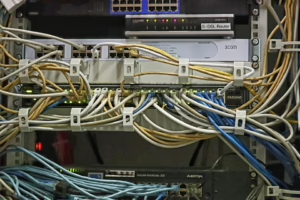

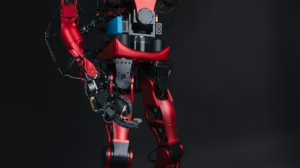
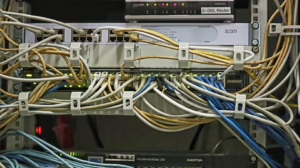





Add Comment